JOINT BASE LEWIS-MCCHORD YAKIMA TRAINING CENTER, Wash. - The annual Japanese-led training exercise in its 17th year at Yakima Training Center, dubbed Operation Rising Thunder, officially came to a close Sept. 24.
The event, lasting nearly a month, opens all of Yakima's vast expanse of ranges, trails and terrain to the Japan Ground Self-Defense Force.
The first artillery strike let out a boom that rolled like thunder across the barren hills of YTC as the 13th Brigade of the JGSDF began a 20-hour culmination exercise of ground maneuvers and reaction to enemy attacks Sept. 22 that would conclude its previous weeks of training.
The immense expanse of YTC is a blessing to the soldiers lucky enough to travel there.
"Japan is limited because our training center is very small," said Sgt. 1st Class Ochi Katsutaro, a platoon leader with 13th Bde. "We can't even carry live ammunition there, so here it is much more practical and more like the real world."
Joint Base Lewis-McChord Soldiers from the 528th Quartermaster Company provided support throughout the exercise by handling ammunition; opening, closing and operating ranges; and snuffing out range fires most commonly caused by anti-tank weapons.
The company's executive officer and the officer in charge for the U.S. support side of the exercise, 1st Lt. Roger Thompson, said the Japanese soldiers who travel to YTC each year are of Japan's highest caliber.
"The soldiers here are the best at their specific jobs over in Japan," said Thompson, who also worked with the Japanese during their 2008 visit. "The Cobra helicopter pilot here, for example, is the number one Cobra pilot in Japan.
"It just gives you an idea of the level of competence with these soldiers on the ground," he said.
The 349 Japanese soldiers are leaving YTC with improved combat skills, but perhaps more fundamental are the lasting friendships they'll take with them that for the past month they have successfully bridged cultural gaps.
Spc. Aaron Tafolla, a petroleum supply specialist with the 528th QM Co. who extinguished range fires for the Japanese soldiers, has talked with his foreign counterparts about sports, family and military life, among many other things. If he didn't know before, he certainly knows now that regardless of where they're from, soldiers have a lot in common.
"This exercise has gotten misconceptions out of the way," Taffola said. "(The Japanese) had misconceptions about us and we may have had misconceptions about them, but we got on the ground and worked hand-in-hand and found out that pretty much all soldiers are the same."
On the final week of their training mission, Japanese soldiers displayed U.S. Army name tapes and unit patches, along with patches of their own that commemorated the 50th anniversary of the peace treaty between Japan and the U.S.
American Soldiers sported tabs and patches with Japanese characters they'd received from new friends in a trade for their own.
Squad leader Sgt. Tatsushi Taniyuchi had just one regret upon the successful completion of his brigade's training at Yakima: he never got to see firsthand how U.S. Soldiers train.
"I have a kind of regret that I couldn't do the actual training with the U.S. Army," Taniyuchi said. "I really wanted to observe how the U.S. Soldiers do training."
Nonetheless, Taniyuchi will anxiously await the next opportunity he has to be around U.S. Soldiers.
"I greatly hope I can come here next year," he said.
Sergeant Christopher M. Gaylord is assigned to 5th Mobile Public Affairs Detachment. Thisarticle appeared in Joint Base Lewis-McChord's weekly newspaper, the Northwest Guardian.



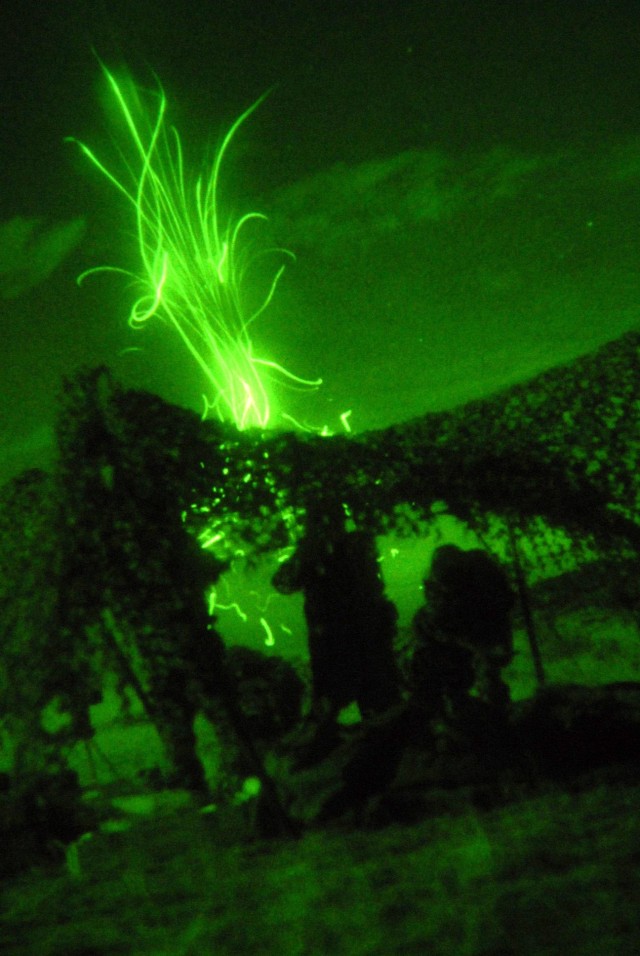
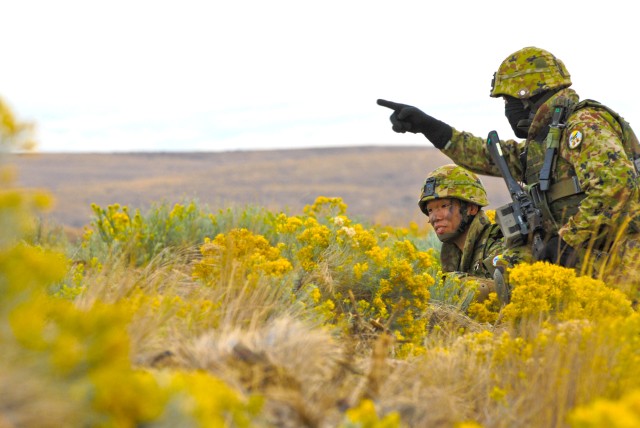


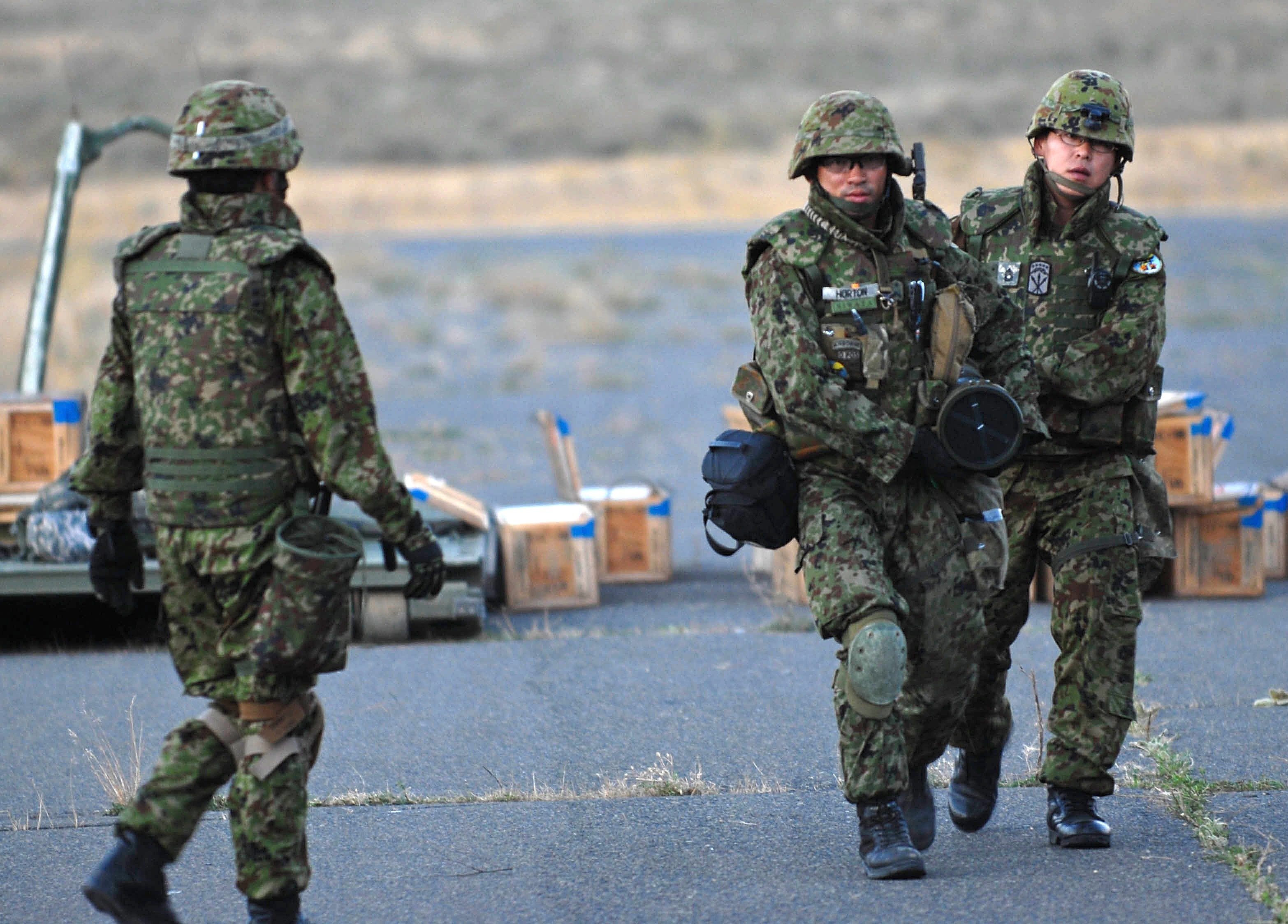
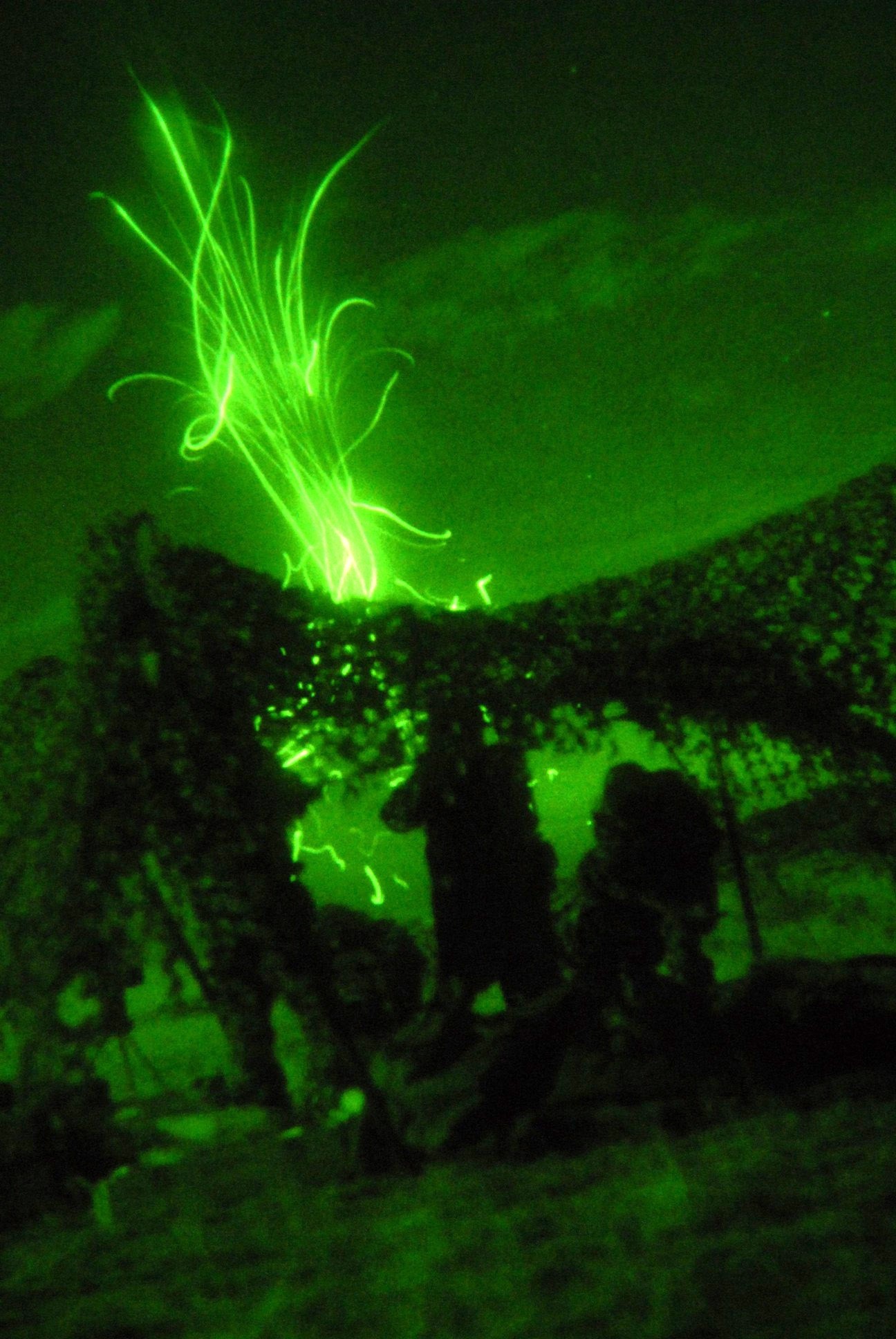
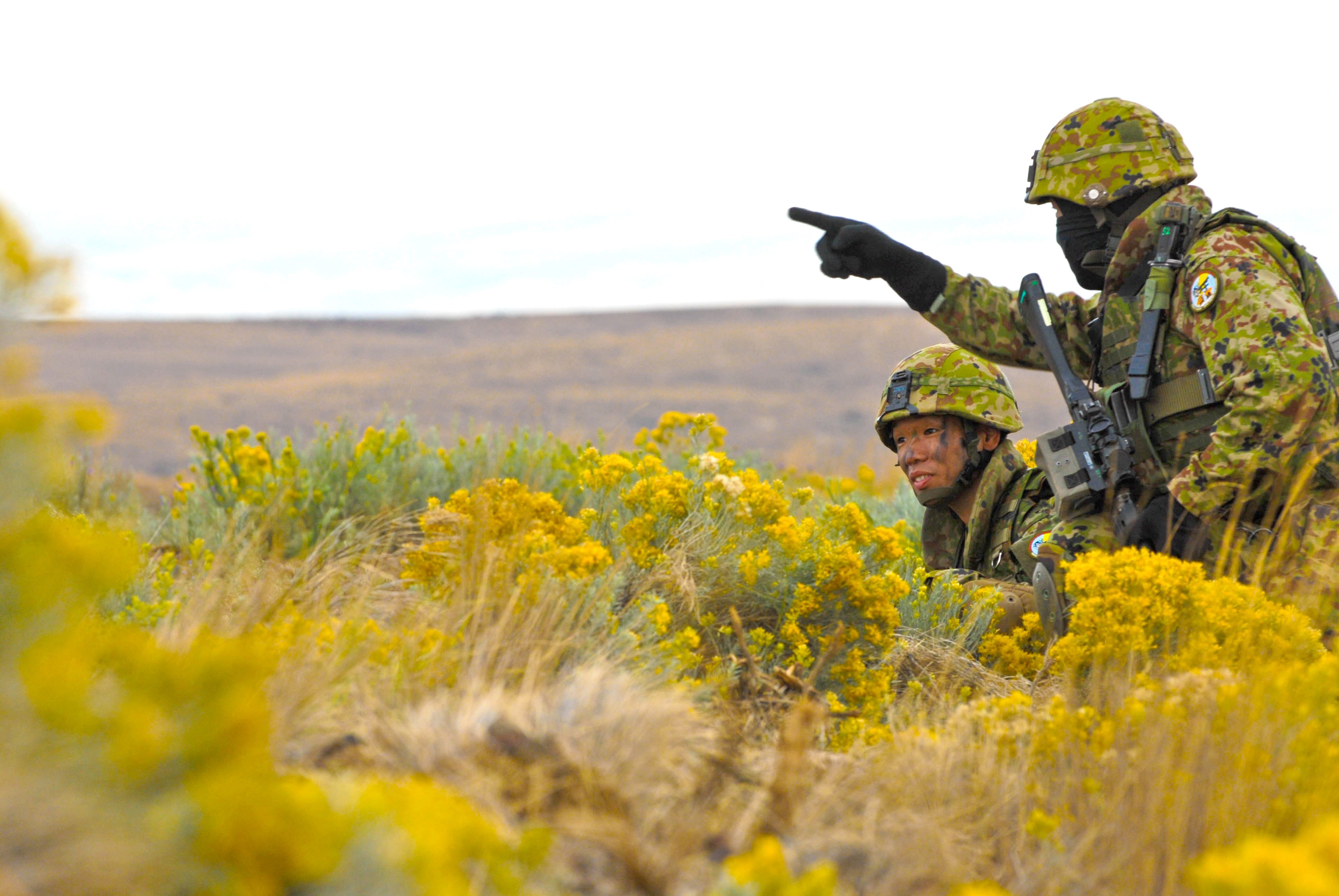
Social Sharing